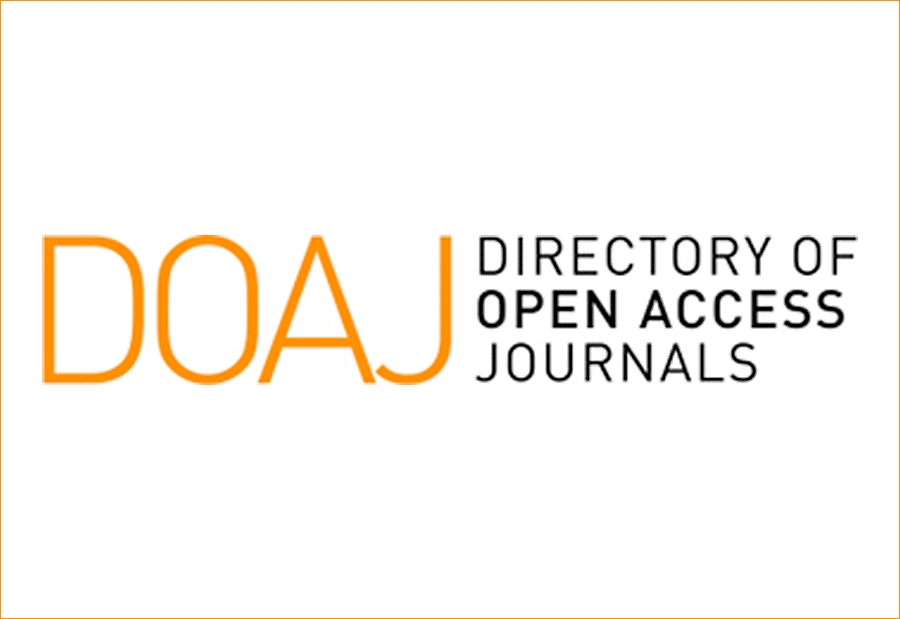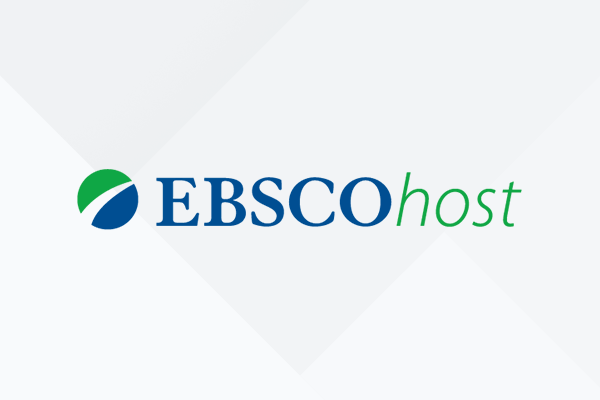INTEGRATION OF SENSORY DESIGN IN PRODUCT DEVELOPMENT
Keywords:
Design, solution, needs, users, project teamAbstract
At the outset of design projects, our approach typically involves receiving a brief that often presumes a solution. However, in people-centered innovation, our focus shifts from the object or product to the real-life situations and habits of individuals. This paradigm shift entails prioritizing the diverse experiences and contexts of our target audience. Our project teams embrace this perspective by delving into the actual experiences of users with the product. By understanding their desires, needs, and sensory encounters, we aim to offer solutions that resonate with their lived realities. This approach necessitates a deep dive into users' activities, aspirations, and genuine requirements. The paper's objective is to meticulously gather and address these needs, crafting design solutions that truly align with users' preferences and aspirations.
Downloads
References
Sossou, G., Demoly, F., Gomes, S., Montavon, G.
(2022). An Assembly-Oriented Design Framework for
Additive Manufacturing. Designs 2022, Vol.6, No.20.
Berry, K., Brown, E.M., Pothier, B., Fedorka, S.,
Akyurtlu, A., Armiento, C., Walsh, G.F., Shemelya,
C. (2022). Overcoming Variability in Printed RF: A
Statistical Method to Designing for Unpredictable
Dimensionality. Designs 2022, Vol. 6, No. 13.
Liu, J., (2023). Ideal Electronic Technology,
available at: www.ietcharger.com Accessed: 2023-05-
Chacón, A., Ponsa, P., Angulo, C. (2021). Usability
Study through a Human-Robot Collaborative
Workspace Experience. Designs 2021, Vol. 5, 35.
J.H. Wu, A design methodology for form-based
knowledge reuse and representation, Inform.
Manage. 46 (7) (2009) 365–375.
T. Wuest, Product requirement modeling and
optimization method based on product configuration
design, Procedia CIRP 36 (45) (2015) 1–5.
A-M Avramescu, The ecological design of a 3 in 1
electrical household appliances: microwave, toaster
and sandwish toaster, ISB-INMA-THE 2015, 611-
P. Jerzy, O. Konrad, P. Jaroslaw, et al., Conceptual
and detailed design knowledge management in
customized production-Industrial perspective, J.
Comput. Design Eng. 6 (4) (2019) 479–506.
K. Halskov, N.B. Hansen, The diversity of
participatory design research practice at PDC 2002–
, Int. J. Hum Comput Stud. 74 (2015) 81–92.
Avramescu, A., (2023). The Importance and
Necessity of New Bio-Based Materials in Industrial
Design, Materiale Plastice, 60 (1), pp. 121-127.
https://doi.org/10.37358/MP.23.1.5651
K.Y. Lin, C.F. Chien, R. Kerh, UNISON framework
of data-driven innovation for extracting user
experience of product design of wearable devices,
Comput. Ind. Eng. 99 (2016) 487–502.
Ana-Maria AVRAMESCU, A sensorial and
instrumental investigation on the performance of biobased material versus synthetic material; U.P.B. Sci.
Bull., Series B, Vol. 85, Iss. 3, 2023, ISSN 1454 –
, pp. 207-218.
Nicolau A-M. Sustainable Perspectives Using
Human Beings: The Sensory Properties of a BioBased Material Compared to a Synthetic Material—
An Overall Assessment Based on an Innovative Blind
Method. Sustainability. 2023; 15 (12):9145.
T. Hartmann, A. Trappey, Advanced engineering
Informatics - Philosophical and methodological
foundations with examples from civil and
construction engineering, 100020.1-100020.7,
Develop. Built Environ. 4 (2020).
Ana-Maria AVRAMESCU, Etude prospective sur
l’exploitation des materiaux naturels compares aux
materiaux synthetiques, U.P.B. Sci. Bull., Series B,
Vol. 85, Iss. 1, 2023, pp. 235-247.
www.dedeman.ro, Accessed: 2024-03-20
Cabeza-Lainez, J. et al. (2022). New Simulation
Tool for Architectural Design in the Realm of Solar
Radiative Transfer. Designs 2022, Vol. 6, 72.
AVRAMESCU, A.-M., Physical properties of the
ecological materials versus artificial materials;
U.P.B. Sci. Bull., Series B, Vol. 77, Iss. 1, 2015 ISSN
– 2331, pp. 149-156.
Hsu C-Y, Wu T-T. Application of Business
Simulation Games in Flipped Classrooms to
Facilitate Student Engagement and Higher-Order
Thinking Skills for Sustainable Learning
Practices. Sustainability. 2023; 15 (24):16867.
Yang J, Ren G, Wang Y, Liu Q, Zhang J, Wang W,
Li L, Zhang W. Environmental Prediction Model of
Solar Greenhouse Based on Improved Harris Hawks
Optimization-CatBoost. Sustainability. 2024; 16
(5):2021. https://doi.org/10.3390/su16052021.
Downloads
Published
Issue
Section
License

This work is licensed under a Creative Commons Attribution-NonCommercial 4.0 International License.







